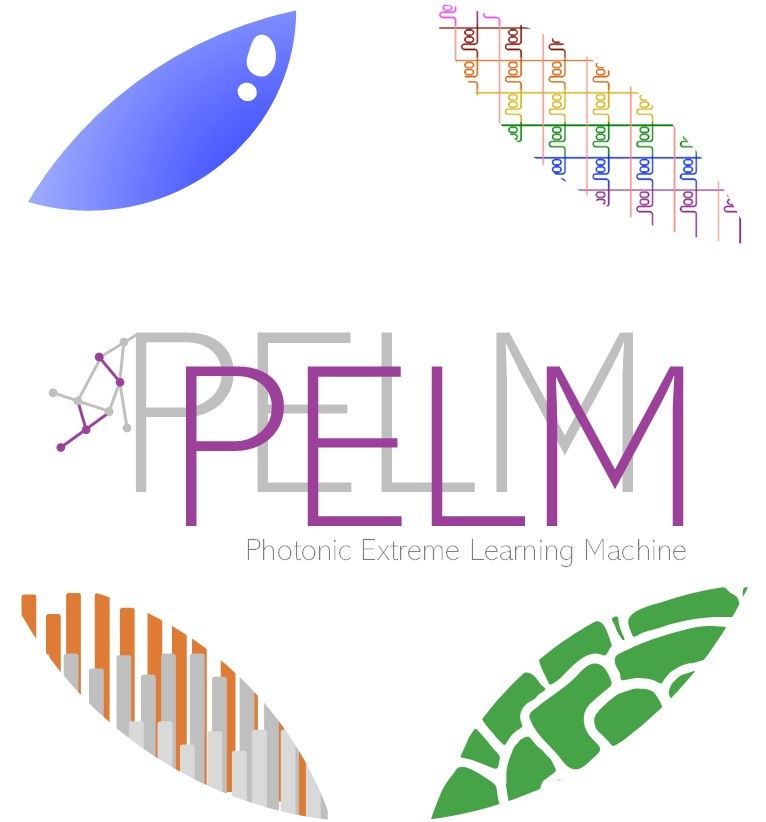On Windows 10 Pro
Install MiKTeX from https://miktex.org/
Download emacs zip file in the GNU mirror. I have chosen in http://mirror.lihnidos.org/GNU/ftp/gnu/emacs/windows/ the file in the folder emacs-26 http://mirror.lihnidos.org/GNU/ftp/gnu/emacs/windows/emacs-26/emacs-26.3-x86_64.zip
Unzip the emacs file in some folder for example Downloads folder, you will have a folder with name emacs-26.1-x86.4
Inside this emacs folder, click on runemacs
Now emacs is running, but you need to install auctex and Sumatra.pdf. You may create a shortcut to runemacs in the application bar by right clicking on it
To install auctex open emacs, then “M+x package-install auctex” and hit return
M+x package-install auctex
Sumatra.pdf enables to open multiple windows with the same pdf file. Acrobat blocks the compilation if the pdf is open.
Install Sumatra.pdf from https://www.sumatrapdfreader.org
Sumatra.pdf exe file will be in “C:\Program Files\SumatraPDF”
C:\Program Files\SumatraPDF
Now you need to configure emacs for using Sumatra.pdf, this is done by modifying the .emacs file
The .emacs file is the main configuration file for emacs
You find the .emacs file in the folder “C:\Users\<USER>\AppData\Roaming”
C:\Users\YourUserNameHere\AppData\Roaming
This is a hidden folder, you need to enable showing hidden folder in windows explorer (go to options in the folder menu)
Open .emacs and add the lines at the end of the file and save
(setq TeX-PDF-mode t)
(setq TeX-source-correlate-mode t)
(setq TeX-source-correlate-method 'synctex)
(setq TeX-view-program-list
'(("Sumatra PDF" ("\"C:/Program Files/SumatraPDF/SumatraPDF.exe\" -reuse-instance"
(mode-io-correlate " -forward-search %b %n ") " %o"))))
(eval-after-load 'tex
'(progn
(assq-delete-all 'output-pdf TeX-view-program-selection)
(add-to-list 'TeX-view-program-selection '(output-pdf "Sumatra PDF")))
)
(server-start)
Now you are set to run auctex in emacs with forward search and Sumatra.pdf




